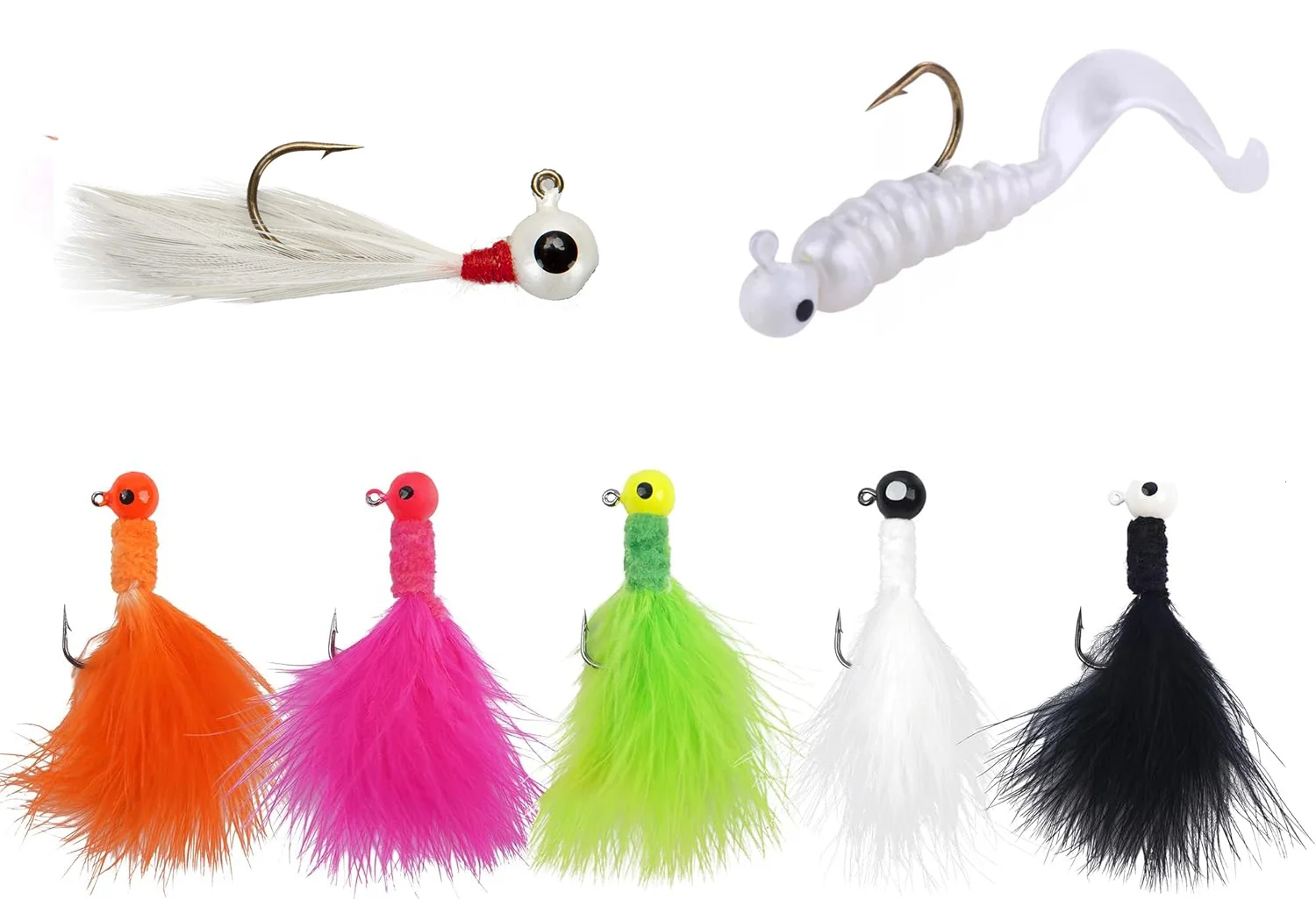Most anglers have heard of jigs. These versatile and highly effective lures are a must-have for anglers, but what exactly is a jig in fishing, and how can you make the most of them? Let’s dive into this fundamental fishing tool.
What Is a Fishing Jig?
At its core, a fishing jig consists of a hook with added weight, usually made of lead, to help it sink. Jigs are primarily used for bottom bouncing but can also be swum below the water’s surface. They are available in a vast array of styles, making them a versatile choice for various fishing scenarios.
Mimicking Prey
Jigs are used to imitate a wide range of prey, from leeches and crawfish for bass to small minnows for crappie and perch. The key is to choose the right jig size and color that matches the target species and their preferred prey.
How to Fish a Jig
Jigs can be divided into two categories based on how they are fished. Most are designed for bottom fishing, while some target fish that suspend above the bottom. Fishing a jig involves bouncing the bait up and down, but it can also include slow dragging or keeping it high in the water column. The choice depends on your target species and the prey you want to mimic.

Types of Jigs in Fishing
Jigs come in various types, tailored to specific fish species:
1. Bass Fishing Jigs: Skirted and skirtless jigs are popular for bass fishing. Skirted jigs include football jigs, finesse jigs, swim jigs, skipping jigs, and casting jigs. Skirtless jig heads, like shakey heads and Ned heads, are usually paired with soft plastics.
2. Trout and Panfish Jigs: These are smaller than bass jigs and come in a variety of bright colors for panfish. They typically feature jig heads and small soft-plastic baits, such as grubs, tubes, or custom-made jigs using threads, hair, feathers, or fibers. Some may have blades, resembling spinnerbaits.
3. Walleye Fishing Jigs: Slightly smaller than bass jigs, these are paired with durable soft-plastic swimbaits or curly-tail grubs. They can also be used with live bait like worms and minnows.
4. Muskie and Pike Jigs: Ideal for catching pike and muskie, these are among the largest freshwater jigs. Skirted jigs and skirtless jig heads with large soft-plastic grubs and swimbaits are top choices.
5. Saltwater Jigs: The realm of saltwater fishing adds more complexity to jigging. Saltwater jigs can target inshore or offshore species and are available in skirted or skirtless options, paired with various soft plastic lures. Classic options like white bucktail jigs are highly effective.
Jigs in fishing are incredibly versatile lures designed to imitate prey and suit a variety of fishing styles. Understanding your target species and their preferences is key to selecting the right jig and fishing it effectively. So, whether you’re after bass, trout, walleye, muskie, or saltwater species, jigs should be an essential part of your tackle box.
Images/Source: Field&Stream





